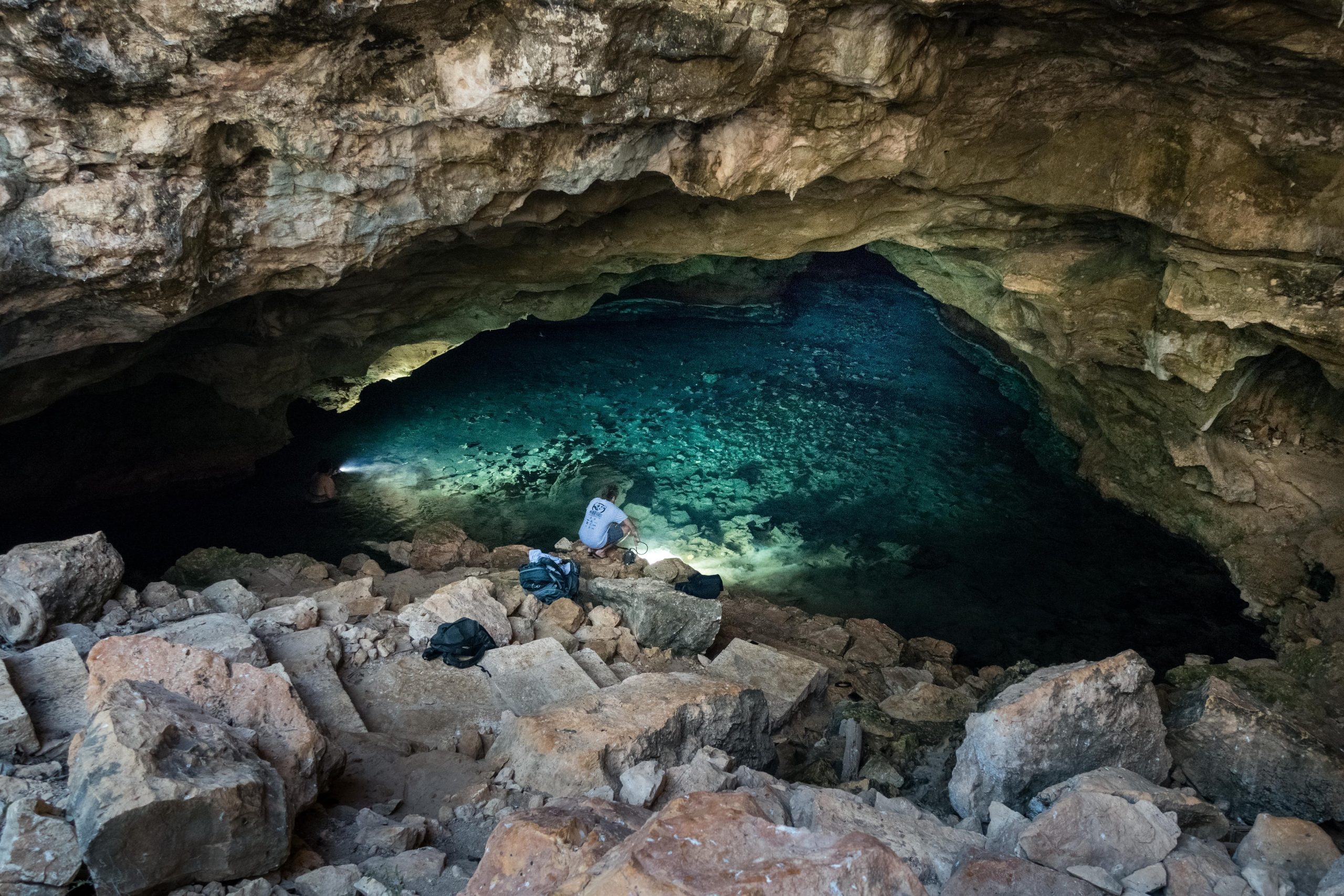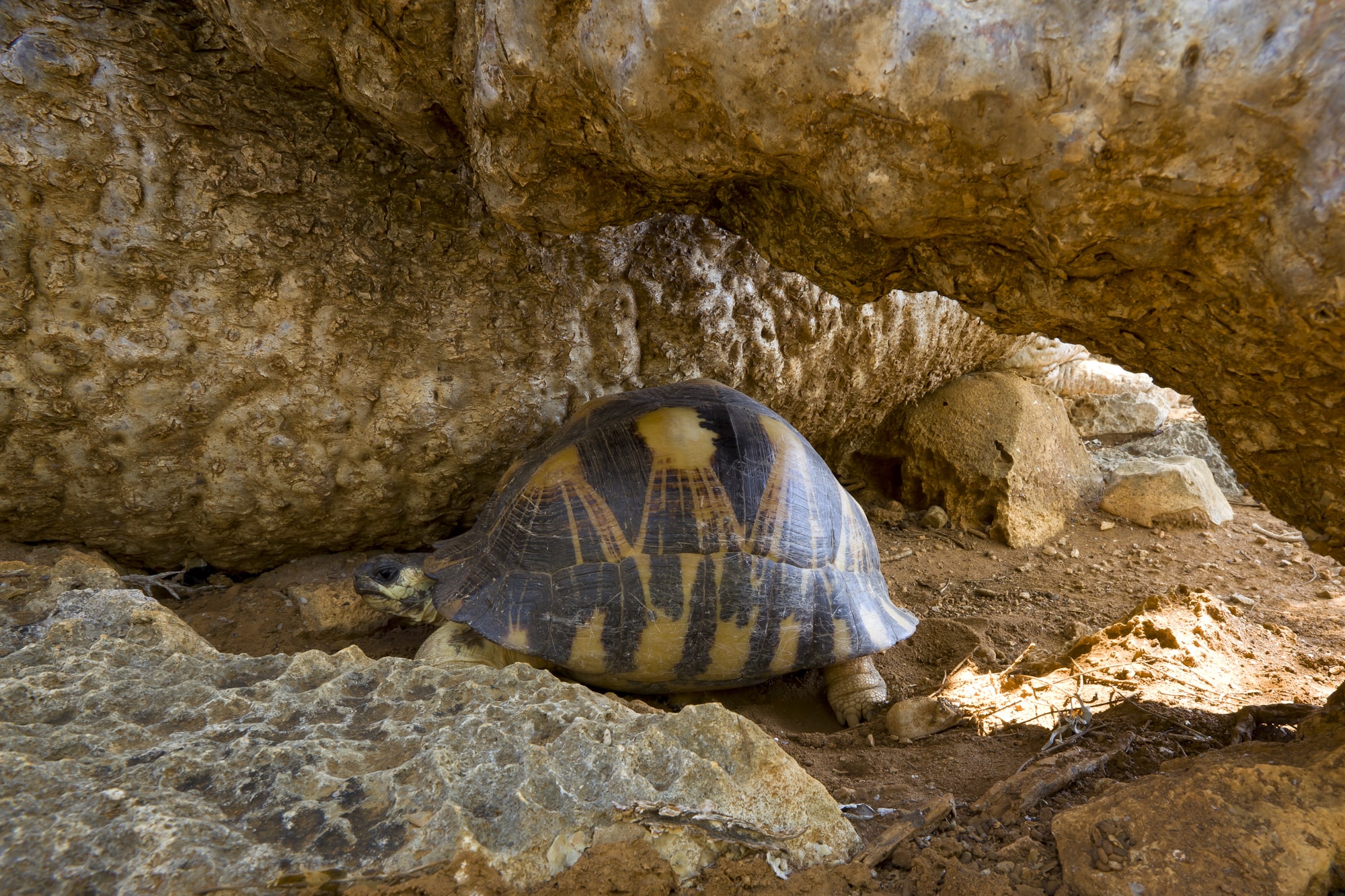
Nosy Ve Androka
On the plan
Area 91 445 Ha
VISIT US
Depending on your means of transport :
- Ground Transportation
*The Park can also be reached by land: follow Route Nationale (RN) n°7 from Tuléar to Andranovory, then RN n°10 to Fort-Dauphin as far as south of Betioky, before returning to the coast at Beheloke along the Itomboina corridor. It stretches along the coastline of the Tsimanampesotse National Park to the extreme south of the Androka Rural Commune.
- Maritime transport
- Nosy Ve Androka Park is reached by speedboat from Tuléar to Anakao.
- From Anakao, a 4x4 car takes you along a coastal track to the villages on the outskirts of the plots.
- Air transport
There are regular flights between Antananarivo and Toliary. From Toliary, reach us by road or sea!
Fees and charges
Download the reference document to find out more about park fees and charges.




